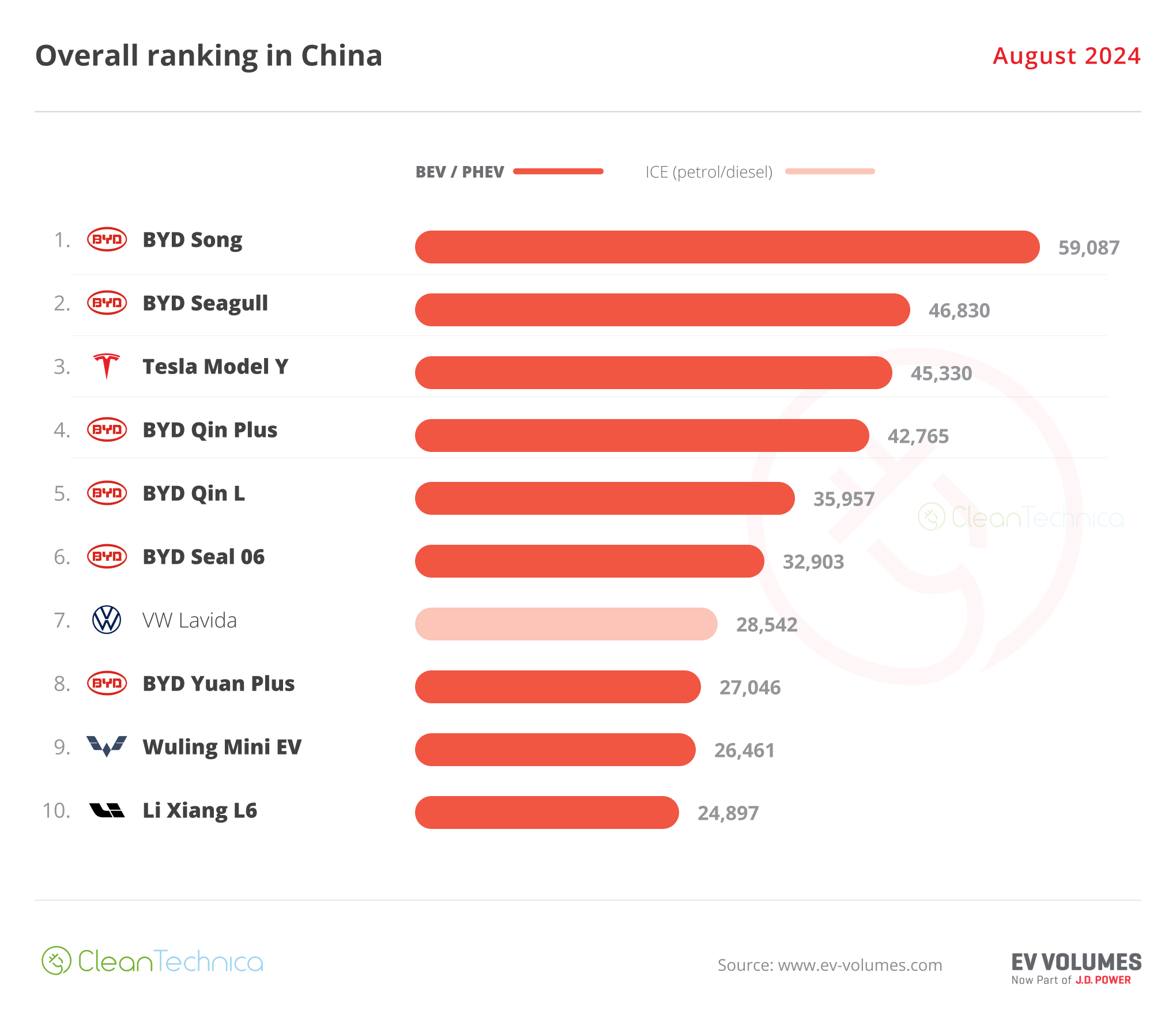After leading the development and sale of a gold project in Peru in 2014 for about $270 million (C$300 million), Justin Reid was looking for a new opportunity. He found it in Quebec.
The former Troilus mine, northeast of Val-d’Or, produced 2 million oz. of gold and nearly 70,000 tonnes of copper between 1996 and 2010. Inmet Mining shut it down when reserves dwindled.
Reid and his team reviewed the project and saw untapped potential.
“It wasn’t that Inmet had done bad work,” Reid says. “They had done no work. They just didn’t invest anything in it.”
Reid acquired the project, raised C$45 million in an initial public offering and listed Troilus Gold (TSXV: TLG; US-OTC: CHXMF) in 2018.
Today, Troilus is nearing restart. In a late August government-led strategic minerals mission to Berlin attended by Canada’s Prime Minister Mark Carney, Troilus signed an MoA with German smelter, Aurubis, for a significant portion of its copper concentrate, though financial details weren’t given.
A 2024 feasibility study outlined average annual production of 303,000 gold-equivalent oz. (or 135.4 million lb. copper-equivalent) over a 22-year mine life. At today’s metal prices,the 50,000-tonne-per-day open-pit operation would generate an average of C$375 million in annual free cash flow. Initial capex is estimated at $1.1 billion.
Based on $1,975 per oz. gold and $4.05 per lb. copper, the study projects a post-tax net present value of $885 million and a 14% internal rate of return. At $3,500 per oz. gold, the NPV jumps to $3.6 billion, the IRR to 33% and the payback is trimmed from 5.7 to 3.2 years.
Existing infrastructure
The project benefits from over C$500 million in existing infrastructure, including a 50MW substation connected to more than 100 km of power lines, all-season roads and a permitted tailings facility.
“We took a forgotten asset through the drill bit over five to six years and defined the biggest asset in Eastern Canada and it’s going to be incredibly profitable,” Reid says.
Troilus acquired the asset for roughly C$10 million. The sum included C$8 million to replace a liability bond, C$350,000 in cash and a 2.5% net smelter return royalty, which it repurchased in 2020 for C$20 million.
“I won’t say we ‘stole’ this, but we stole this,” he says. “Nobody was looking.”

Offtake agreements
Troilus will produce doré bars and copper-gold-silver concentrate. Recently, the company announced offtake agreements for a significant portion of its concentrate with European smelters Aurubis (Germany) and Boliden (Sweden). Some of the concentrate produced is expected to be processed in Quebec.
“These are confidential agreements,” says Reid, “but they reflect the copper deficit and offer a win-win for both the refiners and us.”
The offtakes are expected to close alongside Troilus’s broader $700-million debt financing package announced in March and being structured by Société Générale, KfW IPEX-Bank and Export Development Canada. Project due diligence is well advanced, with financial close expected by late 2025 or early 2026.
The financing agreement followed four letters of intent signed in late 2024 with global export credit agencies, representing up to $1.3 billion in financial support.
Final Stages of Permitting
The company filed its Environmental and Social Impact Assessment in June and expects to receive permits in the second half of 2026. A construction decision is anticipated before year-end. Reid believes the timing is ideal.
“When we came to market, there was no focus on copper and gold — especially lower-grade deposits,” he says. “We were battling blockchain, crypto, and cannabis. We were ignored.”
Today commodity prices are strong, copper concentrate markets are in deficit, and smelters are paying to secure supply.
“It shows how tight the market is,” Reid says.
Troilus also benefits from East-West partnerships at a time when U.S.-Canada trade tensions are flaring.
“We have no U.S. exposure,” Reid adds. “Which is great.”
Shareholder base
Troilus has raised enough capital to drill over 350,000 metres. Reid credits a loyal shareholder base with 65% institutional ownership, including Equinox Partners and VanEck (New York), Franklin Templeton (San Francisco), and Québec’s Investissement Québec, Caisse de dépôt and Fonds FTQ.
“In 2014 we delivered a strong return for our shareholders, and many of those institutions stayed with us,” he says. “That track record helped us raise capital when few could.”
The Troilus mine is a well-known asset. “It operated for fourteen years so we’re not reinventing the wheel,” Reid says. “We’re just delivering the same product, just on a larger scale.”
The project hosts 508.3 million indicated tonnes grading 0.57 gram gold per tonne, 0.07% copper and 1.09 grams silver per tonne (0.69 gram gold-equivalent per tonne) for 11.2 million gold-equivalent ounces. Inferred resources add 80.5 million inferred tonnes grading 0.58 gram gold, 0.07% copper and 1.47 grams silver (0.69 gram gold-equivalent) for 1.8 million gold-equivalent ounces.
Strong team
As Troilus moves into construction readiness, the team continues to expand. Recent appointments include Denis Rivard, executive vice-president of projects (former vice-president of Montreal’s C$5-billion REM light rail network); Andy Fortin, vice-president of operations (previously held senior roles at Agnico Eagle’s Eleonore and Meadowbank mines); Rob Doyle, strategic advisor (formerly chief financial officer of Pan American Silver (TSX, Nasdaq: PAAS)); and Chantal Lavoie, board chair (former chief operating officer of De Beers Canada and Iron Ore Co. of Canada).
“We have built a team like a mid-tier producer, not like a junior,” says Reid. “We have the capital, the government support, and the people to build this.”
The preceding Joint Venture Article is PROMOTED CONTENT sponsored by Troilus Gold and produced in co-operation with The Northern Miner. Visit: www.troilusgold.com for more information.




